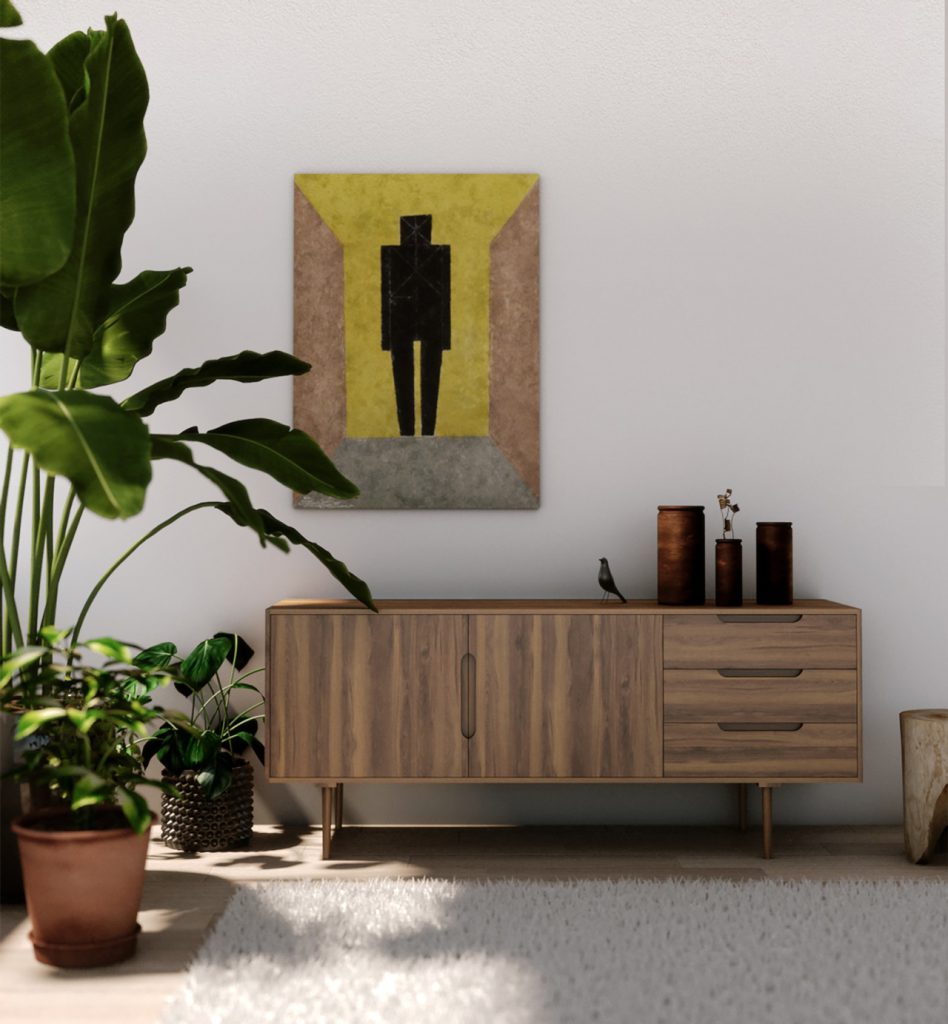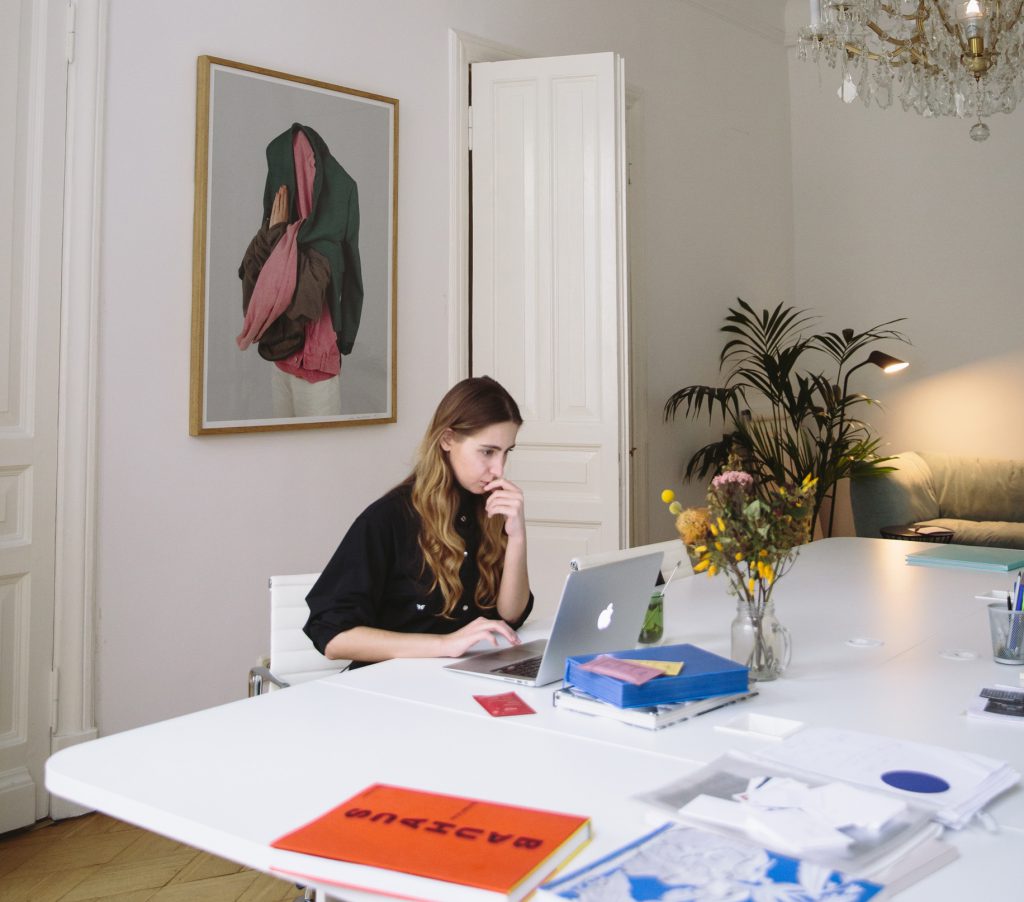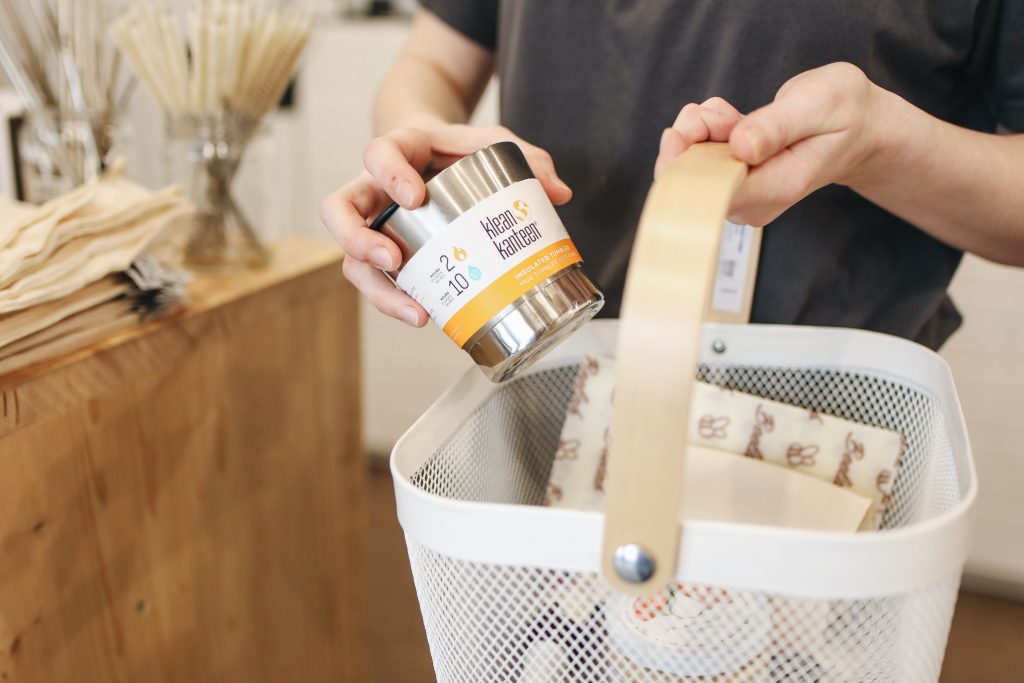Until I moved into my first apartment as a student, I had no idea how much I would love interior design. To me, my furniture-less flat was an unfinished project that I itched to turn into a delightful home. It held nothing but kitchen appliances and a window with a grand view of downtown.
Obviously, I wanted to fill the space that was now mine (for the next few years of rent, anyway) with elegant furniture, flowers, books and other things dear to my heart. But it’s a tale as old as time: students are broke, and that’s where my plan to purchase all that fine furniture fell apart.
While I was initially disappointed that I couldn’t decorate my new space instantly, the year I spent slowly searching for décor taught me to savour the process and to surround myself of things that I love. The year of slow search not only helped me to save money by avoiding impulsive purchases, it also showed me how to avoid these hasty decorating disasters.

Mistake 1: Not doing your research
In the first year of my independent lifestyle, my furniture consisted of a desk (which doubled as a dining table) and a queen-size bed. The rest of my apartment was light on décor and heavy on notebooks and papers. However, a year of dreaming about decorating as soon as my bank account would allow, made me focus on identifying the colours, shapes and styles that I wanted around me. That research, inspiration boards and constant visits to vintage shops helped me form a clear picture of what pieces I needed. I focused on mid-century inspired furniture, minimal artwork, and a palette of grey, blue and yellow.
Nowadays, we’re surrounded by millions of choices. Online shopping means we can order a coffee table with two clicks. Or we can drive to the nearest big-box store and pick out a couch on the spot. But even with a plethora of choices, it can be hard to find just the right item to make your space feel complete.
The mistake of not doing your research means you’re not defining your style and preferred colour palette. Without a precise idea of what you’re looking for, shopping trips quickly spiral into confusion and irritation. On the other hand, a clear picture of what you want will make every store visit easier—even if it takes you a while to find what you’re looking for. Instead of making impulsive purchases as soon as you move in, focus on studying the space, picking your favourite colours, planning the amount of furniture, and imagining the final look.

Quick research tips
- Use Pinterest to create virtual inspiration boards and save your ideas.
- Browse interior design magazines like Vogue Living, ELLE Decoration, House & Garden, and Style at Home (check the library for free copies, but no cutting out photos!).
- Take your inspiration from cinematography! Pick the era or style you want to reflect in your place and gather ideas from movies set in that period.
- A stroll through the park, evening at the lake, or walk in the snow can not only give you ideas, but also be a great photography inspiration for DIY décor!
Mistake 2: Buying everything at once
My husband is a wise man: he held my hand to keep it away from my credit card every time I was close to making an impulsive purchase. He would ask, “Would this item bring you the same joy a few years from now?” When I did eventually make purchases, I found myself fully satisfied with my choices. Plus, I really enjoyed looking around and taking the time to explore unknown shops to finally find that one unique item. (I’m also happy with my husband for talking me out of buying things spontaneously without a second thought!)

Furniture, especially essential pieces we use every day, is not something we can easily donate whenever you want to try something new. A dining table is not a sweater that can be worn twice and then passed on to someone else. The furniture we bring into our homes is usually with us a long time, so we should surround ourselves with things we genuinely enjoy looking at and using day after day. The consumer mentality is also changing. Minimalism and mindful purchasing are more than just trendy; they’re a helpful way to create less clutter and do less harm to the environment.
Once you’ve done the hard work of defining your design concept and choosing colours, the next mistake to avoid would be buying it all at once. There is no worse feeling than the regret of the poor purchase you no longer like after just a few months. You walk around that no-longer-beautiful coffee table, blaming yourself for not searching longer because just yesterday you saw the coffee table of your dreams—too late.
The hunt is the most exciting part of interior design! Sorting through local flea markets, exploring furniture stores other than The Brick and Ikea, looking for artisan-made pieces, not stopping until you’ve found the perfect piece… It’s fun and satisfying and will pay off for years to come!
Mistake 3: Choosing only trendy pieces
Trends surround us for specific reasons. Companies follow fashion trends to sell more. People follow them to stay fashionable and project a certain image. Not every trend is worth following, though. Many trends won’t reflect your personal taste, and some trends don’t last very long. The same way leather leggings won’t always be popular, distinctly uncomfortable furniture trends will fade after a few seasons.
I remember the year of the ubiquitous obsession with golden pineapples. Pineapples were everywhere: on pillows, candles, cups, and even on bigger pieces of furniture. Pineapples were all over Instagram, on every shelf and every t-shirt. However, the trend faded rapidly because there was no real meaning behind it. (Don’t get me wrong: pineapple is delicious!). The poor pineapple is a great example of those trends that quickly becomes monotonous and gets thrown away.

In the long run, you’ll find a lot more pleasure in simple lines, quality materials, and classic designs. Trends can be fun to play with when adjusted for your personal style, but they’re better suited to small pieces such as pictures, candles, cups, and pillows. Those pieces are easier to replace when you’re tired of the trend or want to refresh it for another season. When searching for basic, important pieces of furniture, stay closer to minimal design and timeless forms to avoid long-term regret.
Mistake 4: Picking the cheapest pieces
In the long run, a carefully thought-out budget will save you money and allow you to purchase higher-quality pieces. Cheap, mass-produced furniture is like fast-fashion clothing. Cheap garments, and cheap furniture, are not made to last long. Brands hope for your return after the chair breaks in a year or two or the jeans rip after six months. They give up quality in favour of the cheapest-possible materials in mass production.
Until consumer habits change, cheap furniture and poor-quality clothing will stick around. As soon as we, as consumers, understand that higher-quality wood and fabric require more money, and better-made pieces require more time and effort, we can see the value in buying quality. Quality furniture, made to last, might seem more expensive than mass-produced housewares. But by buying a better-quality piece, you’re investing in the number of years the item will last without needing repair or replacement.

For example, if your couch wears out after a year of sitting on it, you might buy another low-quality one. If you purchased a better-made couch in the first place, made with quality materials, your initial purchase would have been more, but it would have held its quality for years to come. Are you really saving money by buying the cheap couch?
When setting a budget for home décor, think about spending it slowly. (See the connection between taking your time and not buying it all at once?) That way, you can designate your dollars carefully, wait for sales, and score seasonal deals. Also, consider handmade and vintage furniture! They’ll add character to your place and last a long time, as they were made and used with love and care.
What was your biggest decorating mistake? What mistakes did you manage to avoid? If you have any advice, leave it in the comments for the rest of us!




